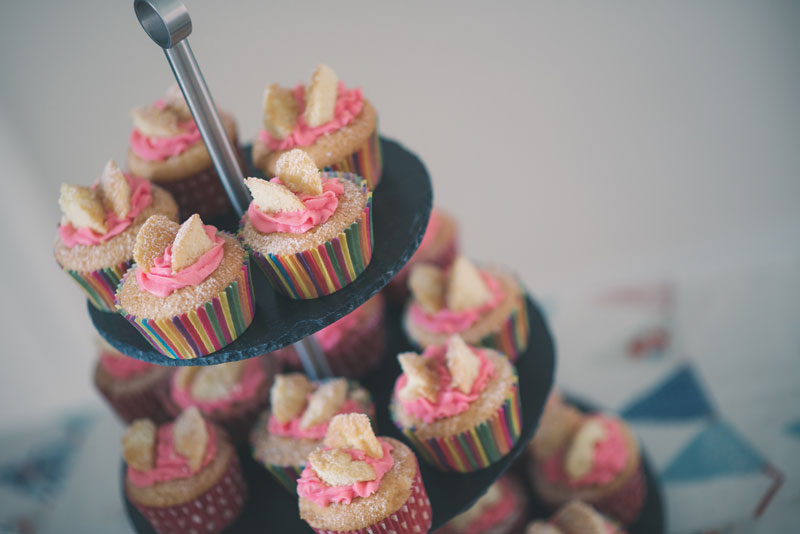There's no need to crash and burn if you do it right

As I bit through the smooth lemon infused avocado nesting on the thick sour dough bread, my stomach rolled in anticipation and that tiny pleasure centre in my not quite awake brain screamed hell yeah.
Taking tiny sips of creamy (that can’t be a skinny) latte between bites of the crisp and smooth gave my blood stream the buzz and my mind the jolt. As I broke fast, the City Farm Cafe was waking up the rest of its customers and stall holder neighbours in the tried and tested manner – essentially fuelling bodies to get people through the few short hours before they chow down on their next feast.
It was difficult to see anyone in my line of sight as I faced the gathering crowds who suffered from the opposing sign of the equation.
Famine!
Most of us won’t ever experience the gnawing, gut eating pain of not eating for days or weeks on end.
Our occasional feelings of hunger quickly assuaged with the always at hand foods and drinks we’ve stockpiled.
And therein lays a major problem.
Every day, heck every meal can be a feast of historic proportions, so is it any wonder why most waist lines are expanding alongside the seams of our clothes?
So what’s the answer?
Go on a diet?
Wash your mouth out with sugar laced cola!
No, the trick (because that’s what it is) is to eat less, but more often.
Let’s forget the traditional 3 meals a day with the resulting peaks and troughs of blood sugars just for a minute. We eat to just about stuffed. Our bodies spend time converting the food into energy and because we’ve eaten a bit too much, our body stuffs as much as it can into storage. As the blood sugar bottoms out spike and the resulting crash sees us reaching for the nearest instant sugar hit.
So what’s the alternative?
Why not consider smaller, balanced plates and snacks that will fuel your body properly.
Think quality carbs, some protein and yes some fats.
Fine – I’ll eat an apple.
Well yes you could, but an apple contains the simple sugar – fructose – which breaks down rapidly causing the insulin spike we spoke of earlier. To slow down that spike so we get better satiety and a slow release of energy is to add some kind of fat / protein to the apple. Nuts, seeds or a slice of cheese work well.
And arrange it nicely on a small plate or saucer.
Don’t eat on the run. Enjoy the flavours and textures.
The plate size illusion:
The following image explains it well.

If you were given the plate on the left you would think you were not getting enough. Given the plate on the right and you would think you were having enough food. The one in the middle is – well it’s sort of OK, but maybe I’ll have 2nds. As you can see from the image – it is the same amount of food on each plate.
Cut the plate size and let your brain catch up with your stomach.
In simple terms, small plates mean you can trick your brain into thinking you are getting more than enough food. If you consider that you are going to be repeating this food cycle 5 or 6 times a day, your brain and stomach will never feel deprived.
Halve it:
If that seems too hard at this time, halve your food.
Try the smaller plate trick, but consider halving the food you were going to eat. Eat half now, then eat the other half in an hour or so. If you are eating out, try sharing a dessert or the main course. If that’s not feasible, then go for entree serving size rather than the main portion size.
Food as energy:
Consider this. The more fuel you have in your tank, the more miles you can do before you need to fuel up again. But don’t make the mistake of waiting until you are running on empty before filling up again. There’s that eat little and often thing again.
Think little and often, not feast or famine.
 Food Porn in
Food Porn in  Motivate me to lose weight
Motivate me to lose weight 